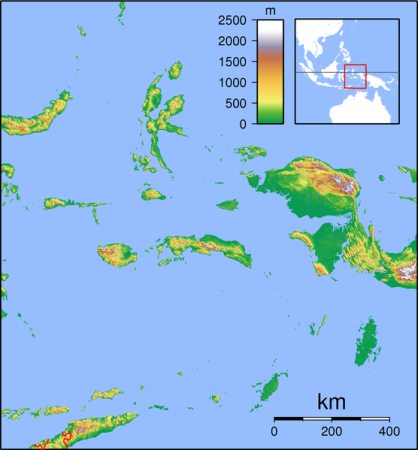Habitat
Myristica fragrans is native to the Spice Islands, located in
Moluccas, Indonesia. The tree is also cultivated in the West Indies
as well as a few other less notable tropical regions. Nutmeg was
once known exclusively to the Maluku Spice Islands, but has since
been grown in other tropical areas. In addition to Myristica fragrans,
other species of nutmeg are cultivated in Brazil, Madagascar, and California. These nutmegs are less often used
in cooking but used more for their essential oils.
Myristica fragrans grows very well in most tropical climates
and do to this it does not have much competition to
fulfill its ecological niche.

The nutmeg fruit is similar to an apricot in appearance, and it consists of the outer red fleshy net-like part know as mace and an inner brown seed, the nutmeg. The mace is known as the aril and, after dehydration, can be red, brown, or orange-yellow in color. After harvest, the mace is flattened out and dried, and then the nutmeg is dried gradually in the sun. The nutmeg is done curing after it rattles in its shell when shaken. Once this occurs, the shells are broken off and the nutmeg picked out. The shells of the nutmeg can be either salted and used as a condiment or made into a jelly. The nutmeg tree itself may reach a height of 65 feet high and can yield nutmeg fruits for around 60 years after full maturity.
Another major component of nutmeg that is greatly valued for its essential oil. Nutmeg and mace contain both essential oil and nutmeg butter. Nutmeg butter is also known as oil of mace. The oils are used as medicines to treat rheumatism or as a cure for irritated skin. The oil can also be used in condiments soaps and perfumes.



